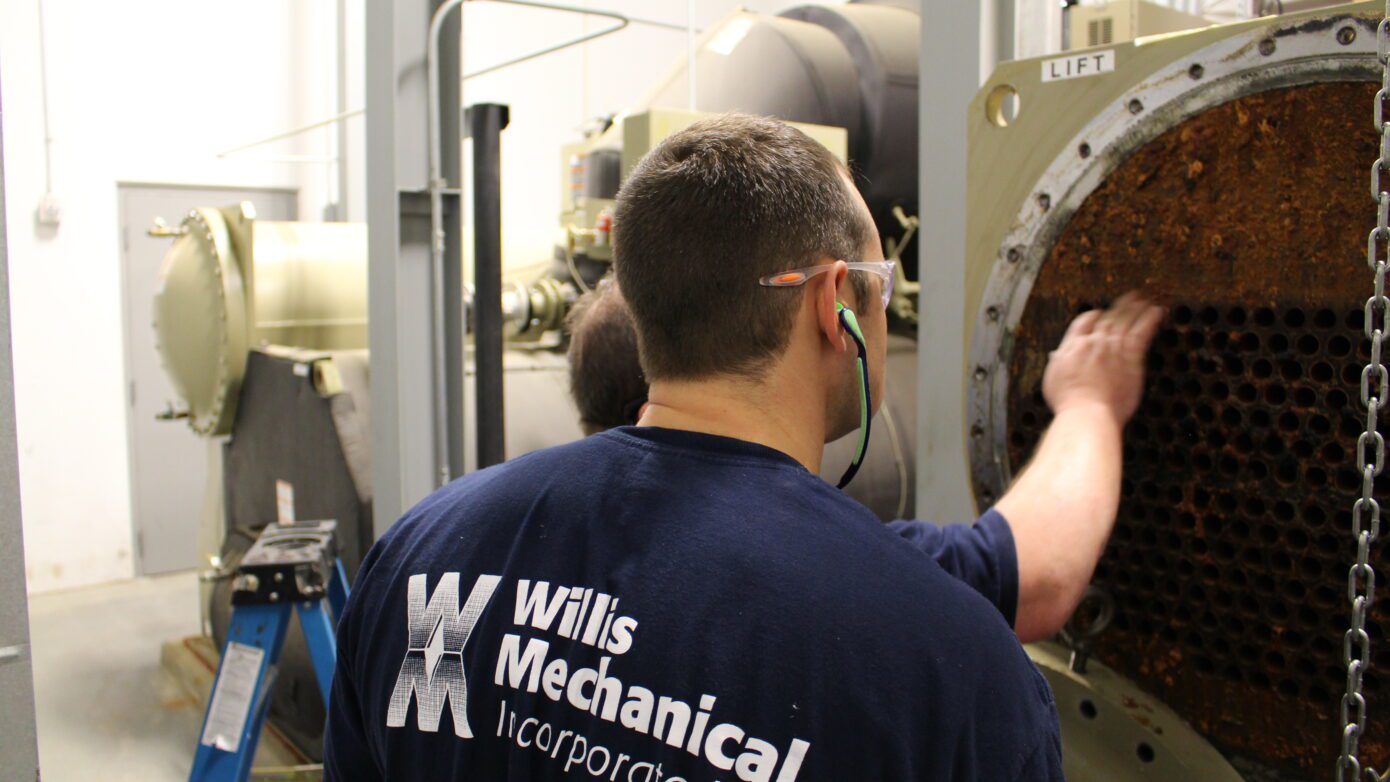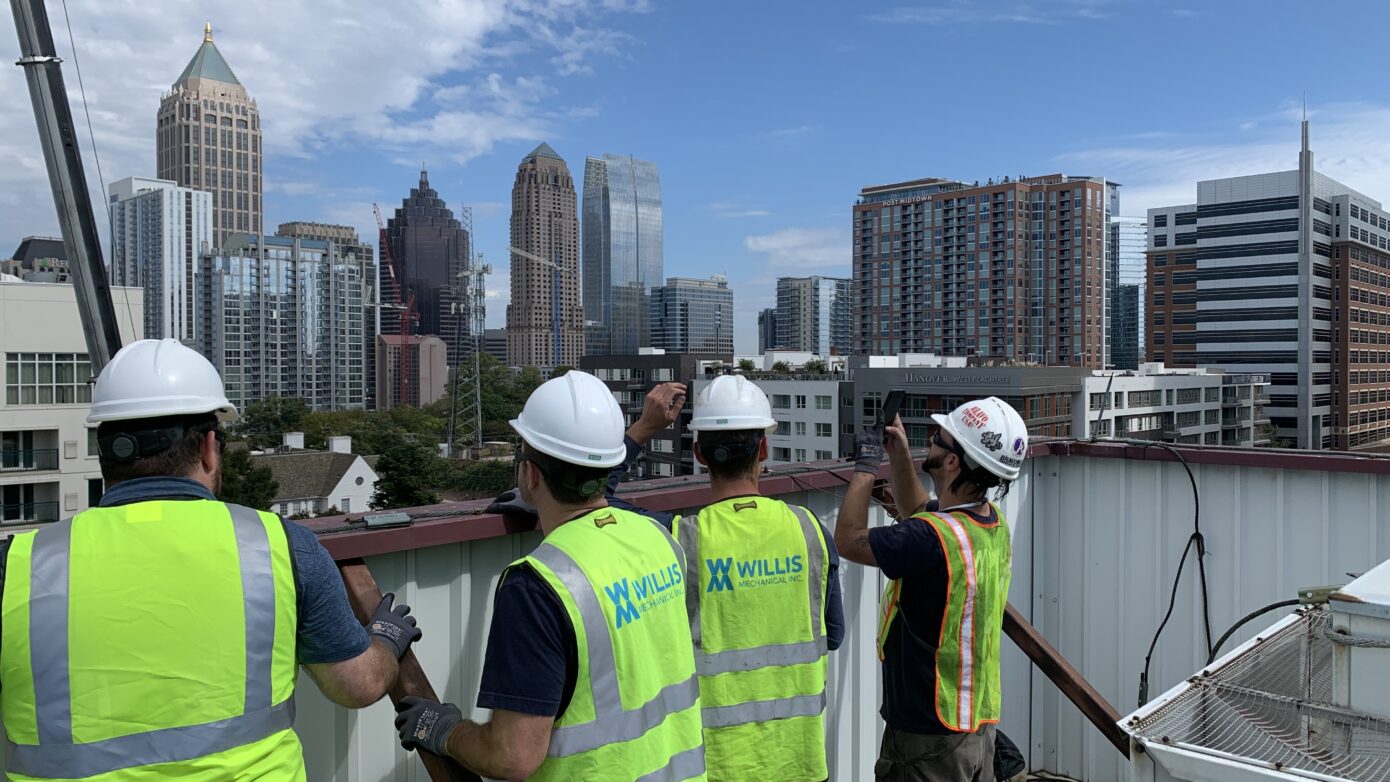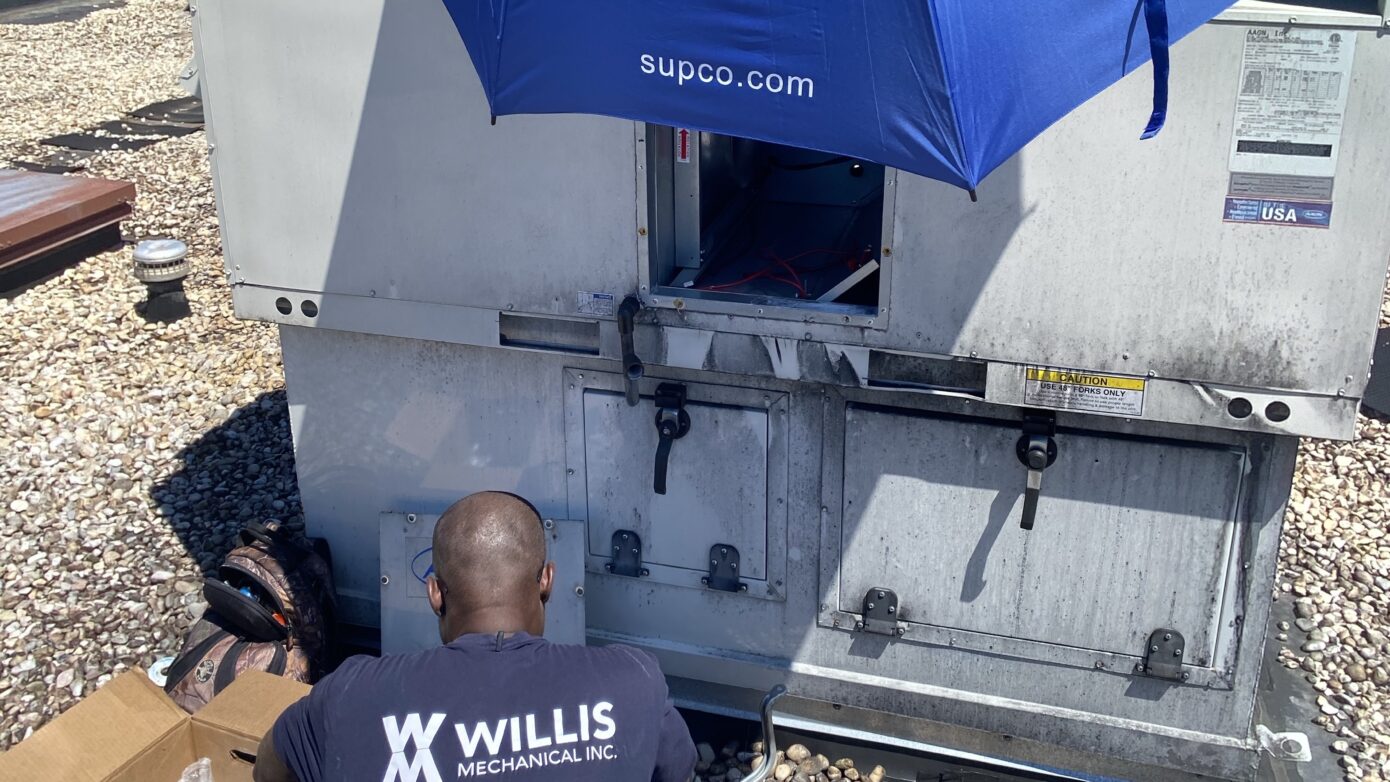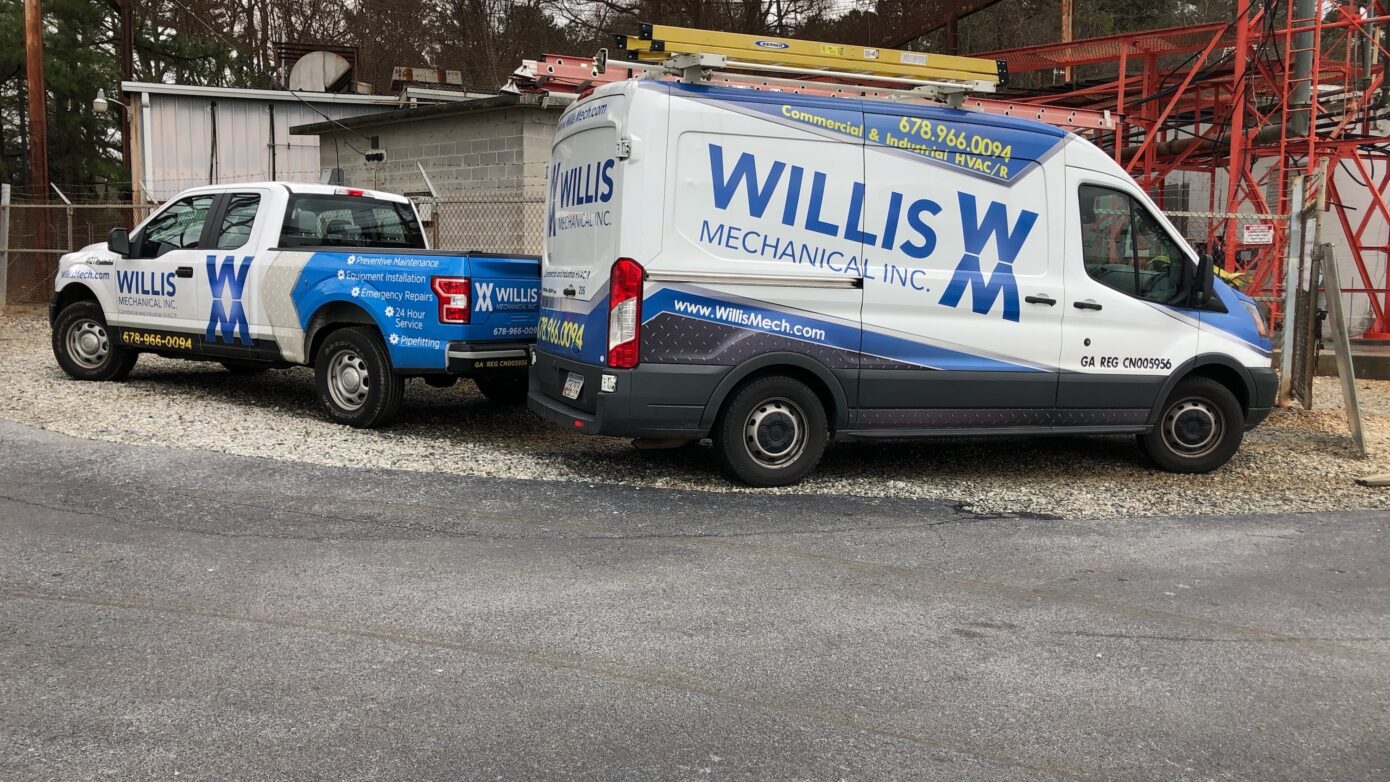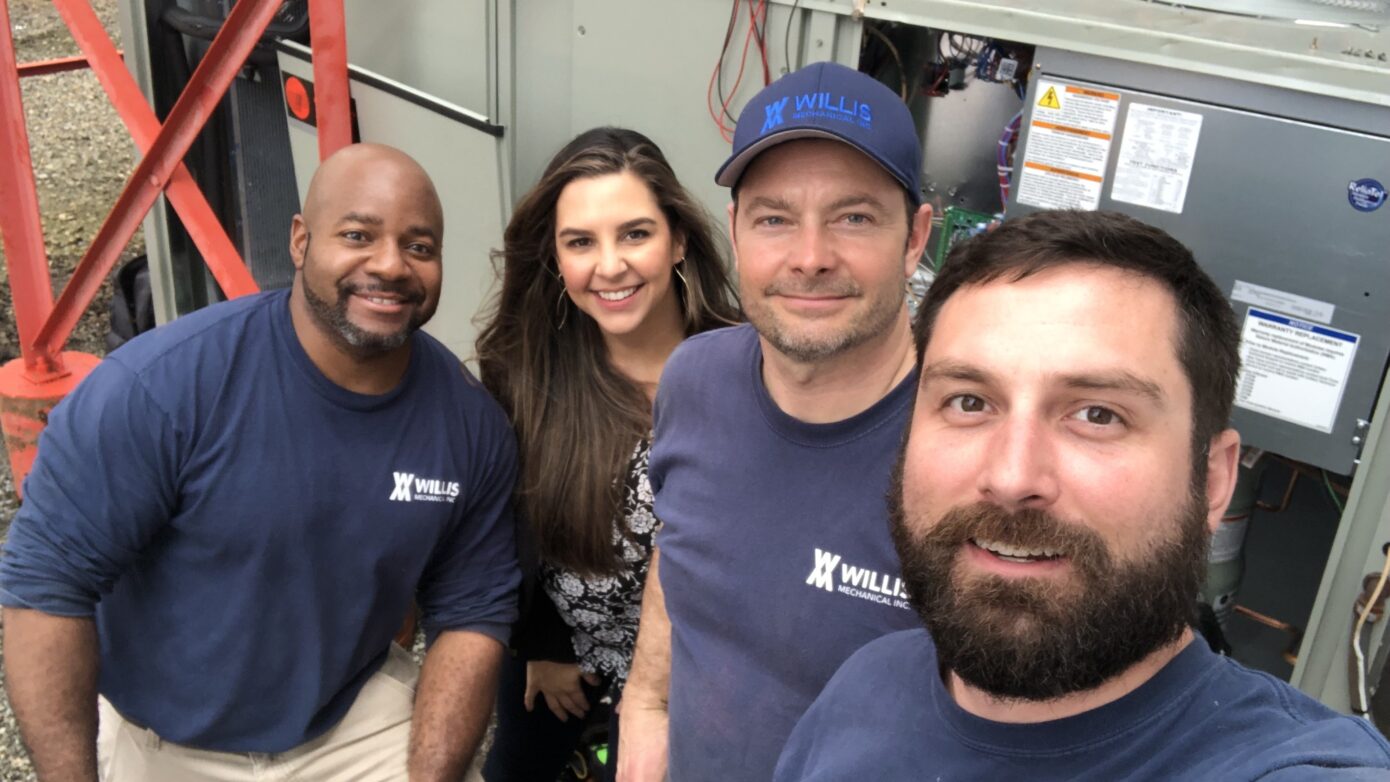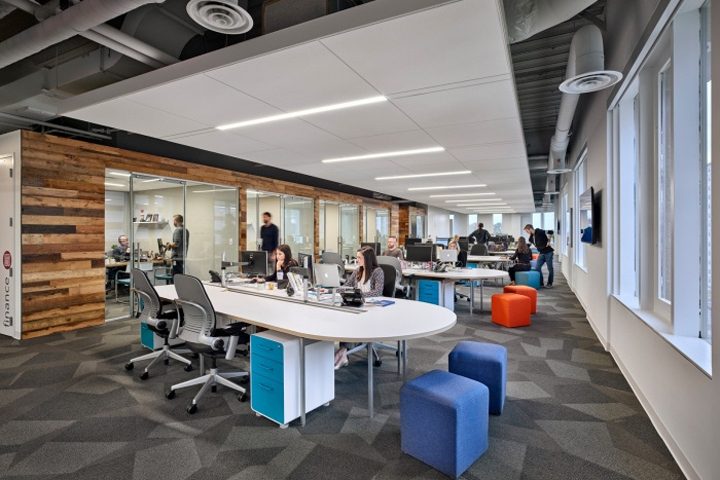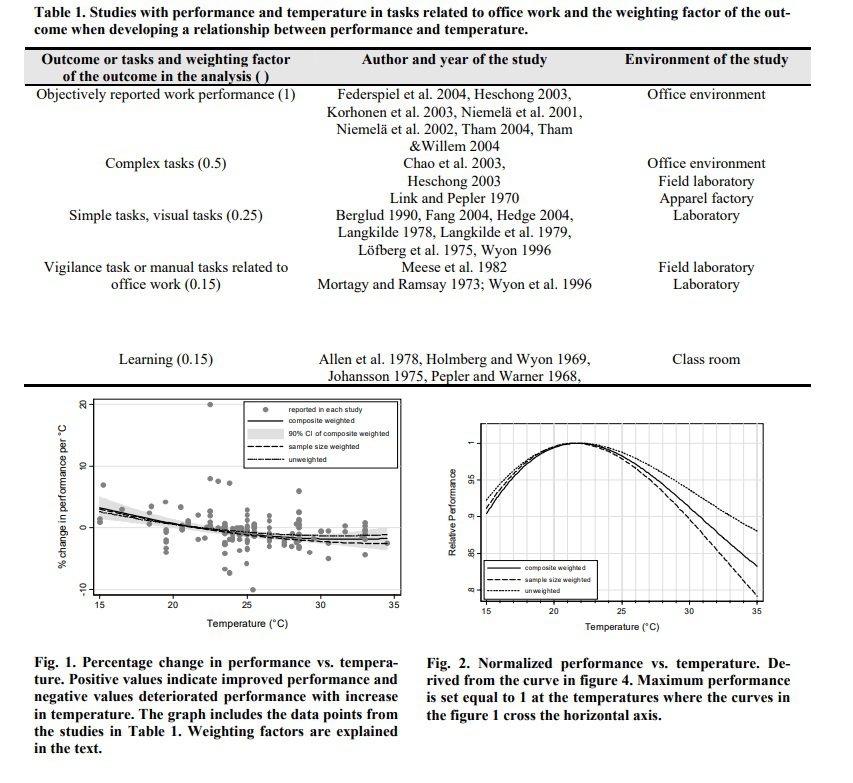The Essential Role of Annual Hydrojetting in Commercial Plumbing Maintenance
Introduction:
As a commercial plumbing contractor, I have witnessed firsthand the numerous issues that can arise from neglected drain pipes in businesses. In this blog post, I will emphasize the importance of annual Hydrojetting in maintaining the efficiency and functionality of drain pipes in various commercial settings. By highlighting the types of damage that can be avoided through Hydrojetting, we will explore how this proactive plumbing maintenance technique can benefit businesses, such as schools, dormitories, medical labs, stadiums and arenas, convention centers, and high-rise buildings.
Preventing Clogs and Blockages:
Clogs and blockages are common problems in commercial plumbing systems that can lead to severe damage if left unaddressed. Hydrojetting serves as a powerful preventive measure to avoid such issues. By utilizing high-pressure water to clear out debris and blockages, Hydrojetting ensures that drain pipes remain free from obstructions. This is particularly crucial in high-traffic facilities like schools and dormitories, where the heavy usage of toilets, sinks, and showers increases the likelihood of clogs.
Preserving Sanitary Conditions:
Maintaining clean and sanitary conditions is paramount, especially in medical labs. These facilities handle sensitive experiments and specimens that necessitate strict adherence to hygiene standards. Hydrojetting plays a significant role in preventing the accumulation of contaminants and bacterial growth within drain pipes. By effectively removing residue and grime, Hydrojetting minimizes the risk of contamination, ensuring a safe and sterile environment in medical labs.
Mitigating Water Damage:
Stadiums and arenas, convention centers, and high-rise buildings are characterized by their complex plumbing systems, involving a multitude of drains and pipes. Neglected or clogged pipes in these facilities can result in disastrous consequences, such as water damage and costly repairs. Regular Hydrojetting can prevent such incidents by ensuring that water flows freely through the pipes. By eliminating the potential for overflowing toilets, flooded restrooms, or leaking fixtures, Hydrojetting safeguards the structural integrity of these buildings and protects them from water-related damages.
Enhancing Operational Efficiency:
Maintaining efficient plumbing systems is essential for businesses to operate smoothly. Annual Hydrojetting aids in maximizing the performance of plumbing fixtures and appliances. By removing buildup and obstructions, Hydrojetting improves water flow and prevents decreased water pressure. This is especially beneficial in convention centers and high-rise buildings where large volumes of water are required for various purposes, such as restroom facilities, food service operations, and fire protection systems. By ensuring optimal water pressure, Hydrojetting contributes to seamless operations and an enhanced customer experience.
Conclusion:
Annual Hydrojetting is an indispensable component of commercial plumbing maintenance, helping businesses avoid a wide range of plumbing issues. By preventing clogs, preserving sanitary conditions, mitigating water damage, and enhancing operational efficiency, Hydrojetting protects the integrity of drain pipes in diverse commercial settings like schools, dormitories, medical labs, stadiums and arenas, convention centers, and high-rise buildings. As a commercial plumbing contractor, I strongly recommend investing in regular Hydrojetting to ensure the longevity and functionality of your business’s plumbing system, enabling uninterrupted operations and peace of mind.


